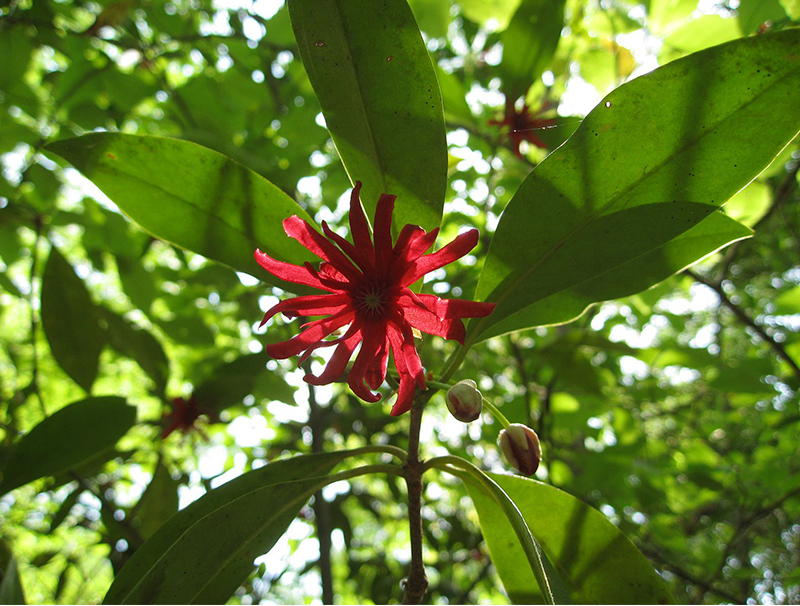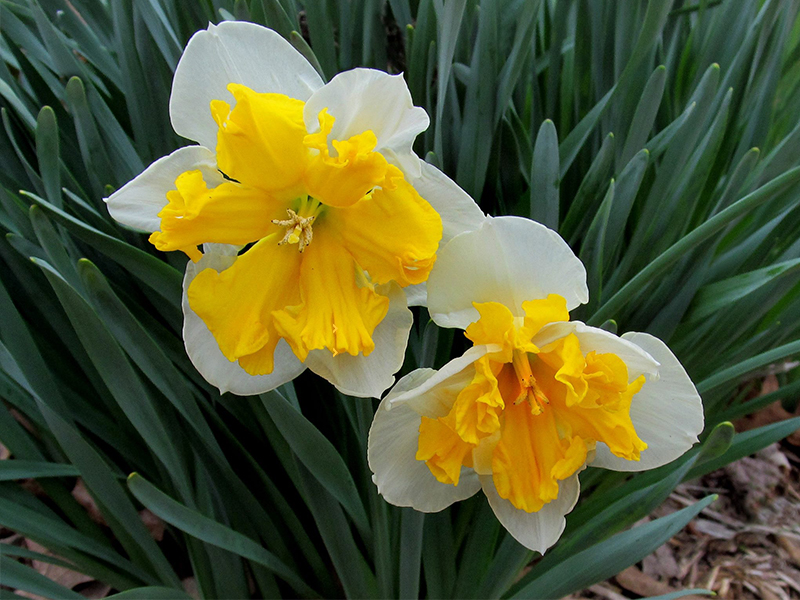



January
- Our coldest weather is usually this month. Most bedding plants don’t need protection. Pansies, violas, dianthus, snapdragons, ornamental kales are some of the hardiest and survive temperatures below 20°.
- This is the best month to plant roses as well as shrubs and trees. Their energy will go into developing roots instead of leaves. Azalea leaves may yellow and fall off to make way for new leaves.
- Don’t over water dormant shrubs and plants.
- Don’t prune the deadwood out of trees and shrubs yet.
- Prepare new beds for planting, preferably raised 5”-8” above the surrounding area for good drainage.
February
- Fertilizing of trees should be completed by the end of the month so they can use the nutrients as they begin their spring growth.
- This is the best time to prune summer flowering trees. There are divergent opinions about pruning crepe myrtles. Some say it’s not even necessary. Consider the shape you’d like your crepe to have. As they get older the bark on their multi-trunks becomes an attractive feature.
- Feb. 14 has become the traditional date around which to prune roses in the Houston area. Antique roses don’t need pruning unless you want to shape up the plant.
- Pinch back ground covers so that they spread better.
- Give the grass its first mowing so that the sun can reach the roots. When it needs to be mown again, cut and fertilize at that time. Enrich the soil by adding compost, soil activators, topsoil, seaweed extract or fish emulsion to improve the root system and health of the lawn.
- One is told not to remove daffodil leaves until they’ve died down naturally - by July!- as they regenerate the bulbs.
- Super hardy bloomers for the Upper Gulf Coast that can be planted now are (for sun) cassia, cestrum, crinum lilies, daylilies, duranta, hymenocallis, plumbago, lanceleaf coneflowers, and for bright shade, cane-type begonias, Barbados cherry, barlaria, firespike, hardy hibiscus, Louisiana iris, toadlilies and Turk’s cap. Try some of these that you’ve never heard of!


March
- Evergreen trees such as hollies and magnolias will drop many leaves, some yellow. They are merely shedding the old foliage and it’s natural – no cause for alarm.
- It may be tempting to put a flower bed around a newly planted young tree, but it’s best just to put mulch. It doesn’t care for being disturbed as you dig around it.
- Do not prune pines in March or April as they tend to bleed more than at other times of the year.
- Feed all plants except azaleas which can be fed after flowering.
- Put tomato plants in the ground.
- Pinch the tips of non-blooming perennials to make them bushier.
- Dig up and divide, transplant and/or pot for our Share-a-Plant Sale your overcrowded perennials.
- Spray roses for black spot with a fungicide weekly.
- Remove tulips after flowering. They don’t flower again on our Upper Texas Gulf Coast.
Conservation List
For Coastal Prairie Dist IV:
Elmendrof's onion
(Allium elmendorfi)
Texas windmill grass
(Chloris texensis)
Coastal Gayfeather
(Liatris bracteata)
Branched Gayfeather
(Liatris cymosa)
Grand Prairie Evening Primrose
(Oenothera pilosella)
Correll's False Dragonhead
(Physostegia correllii)
Chapman's Orchid
(Platanthera chapmanii)
Welder Machaeranthera
(Psilactis heteracarpa)
Houston Daisy, Houston Machaeranthera
(Machaeranthera aurea)
Houston Meadow Rue, Texas Meadow Rue
(Thalictrum texanum)
Threeflower Thurovia
(Thurovia triflora rose)
Endangered:
Texas Prairie Dawn, Texas Bitterweed
(Hymenoxys texana)
Texas Trailing Phlox
(Phlox nivalis)
Navasota Ladies Tresses
(Spiranthes parksii)